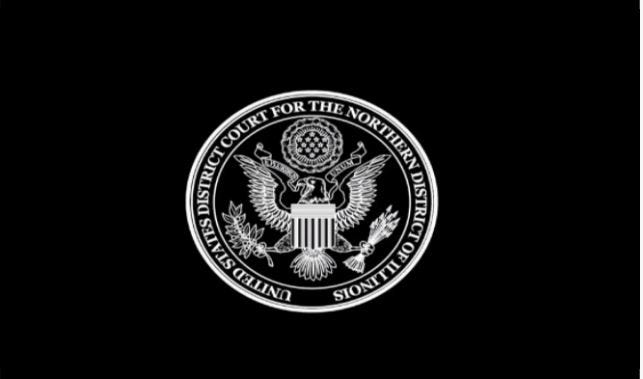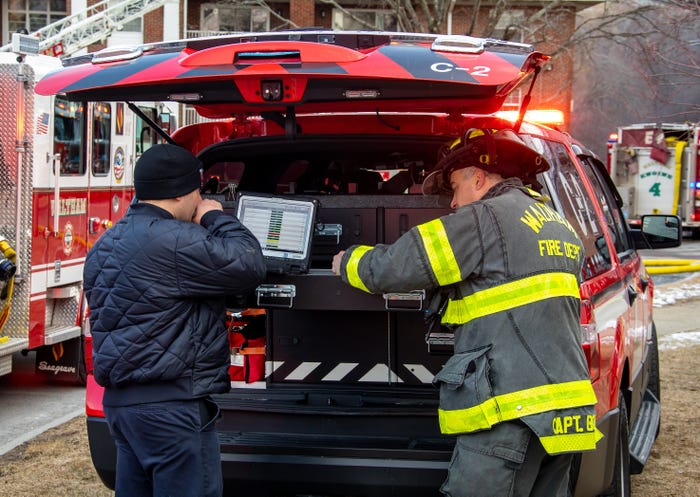AST SpaceMobile says tests confirm 4G capabilities of satellite-direct-to-phone technologyAST SpaceMobile says tests confirm 4G capabilities of satellite-direct-to-phone technology

AST SpaceMobile today announced that its satellite-direct-to-phone technology enabled unmodified smartphones to achieve download speeds greater than 10 Mbps during tests with the company’s BlueWalker 3 low-Earth-orbit (LEO) test satellite.
Conducted in Hawaii, tests demonstrated initial download speeds transmitted from the BlueWalker 3 satellites reached 10.3 Mbps on “everyday, off-the-shelf smartphones,” according to an AST SpaceMobile press release about the tests. Announcement of these data-throughput tests comes less than two months after AST SpaceMobile said it made the first voice calls using satellite-direct-to-phone technology—a capability repeated in Hawaii, according to the press release.
Scott Wisniewski, chief strategy officer for AST SpaceMobile, said the Hawaii tests utilized AT&T’s Band 5 commercial spectrum and that the company’s technology can yield greater data speeds.
“The initial download rate of 10.3 Mbps was part of a test that didn’t use the full throughput or capabilities of our BlueWalker 3 [BW3] satellite,” according to Wisniewski’s statement that was provided in response to an inquiry from IWCE’s Urgent Communications.
“Evaluation of the BW3’s capabilities continues, with enablement of 5G cellular broadband as the next major test activity. Each commercial satellite will generate hundreds of individual beams that form fixed cells on the ground.”
Greater data speeds are expected to be reached with AST SpaceMobile’s BlueBird satellites, which are significantly larger than the BlueWalker 3 test satellite and are designed to support commercial traffic.
“We plan to launch our next 5 BlueBird satellites in Q1 2024, with initial commercial offerings in select markets during 2024,” according to Wisniewski.
AST SpaceMobile Chairman and CEO Abel Avellan said topping download speeds of 10 Mbps is a key milestone in the satellite-direct-to-phone—also called supplemental coverage from space (SCS) or “direct-to-device”—marketplace and for his company.
“AST SpaceMobile’s space-based cellular capabilities are designed to be a critical extension for cellular communications,” Avellan said in a prepared statement. “In addition to supporting basic voice and text that we expect from phones, it would also enable users to browse the internet, download files, use messaging apps or stream video.
“Achieving this milestone from an unmodified, standard cell phone on the ground connecting through our low-Earth-orbit satellite is another groundbreaking moment in telecommunications history and an important step toward AST SpaceMobile’s goal of bringing broadband services to parts of the world where cellular coverage is either unreliable or simply does not exist today.”
Chris Sambar, head of AT&T Network, echoed this sentiment.
“Successfully reaching double-digit download speeds during satellite-to-smartphone testing takes us one step closer to ensuring people across the United States will be able to stay connected no matter their location,” Sambar said in a prepared statement. “This milestone wouldn’t be possible without the overall focus and determination of the teams working daily to achieve our shared space-based vision of connectivity.”
A key member of the team was Nokia, which supplied the radio access network (RAN) technology for the Hawaii tests, according to the AST SpaceMobile press release.
“This is an important milestone that will see real mobile broadband connectivity delivered directly to smartphones from space via AST SpaceMobile’s platform,” Tommi Uitto, Nokia’s president of mobile networks, said in a prepared statement. “As the RAN provider, we are proud to play a role in this important initiative that will provide crucial connectivity around the world.”
One of the greatest proponents of AST SpaceMobile’s technology has been Vodafone, the global cellular carrier giant.
“Each mobile milestone in Vodafone’s history has moved us closer to connectivity for all,” Alberto Ripepi, Vodafone’s chief network officer, said in a prepared statement. “Achieving these mobile speeds, via satellite direct to standard 4G smartphones, shrinks the digital divide even further. Together with Vodacom and AST SpaceMobile, we look forward to bringing this capability to our customers in the hardest to reach areas of Africa and Europe.”
FCC representatives and other federal officials have expressed excitement about the quickly evolving satellite-direct-to-phone industry, which promises to provide connectivity to outdoor locations where that are uneconomical for commercial carriers to cover with terrestrial infrastructure.
In addition, the public-safety implications of satellite-direct-to-phone technology promise to be significant, allowing people to communicate with 911 from even very remote locations during an emergency. An emergency text service offered to Apple iPhone 14 users via the Globalstar satellite network already has been used to save people in dire circumstances, according to multiple media reports.
Meanwhile, SCS service potentially could address two key issues associated with IP-based first-responder communications. Satellite-direct-to-phone services would expand the coverage footprint and offer a much-desired level of resiliency to LTE and/or 5G networks. It also could be used to meet the need for a seamless alternative when a user is outside of the terrestrial-network coverage that provides much greater range outdoors than direct-mode connectivity provided by LMR devices.
AST SpaceMobile is not the only company attempting to provide satellite-direct-to-cell-phone services to supplement the coverage of terrestrial networks operated by carrier partners. Lynk Global, which announced its agreement with Canadian carrier Rogers Communications earlier this year, has a similar business model but a very different system architecture. While AST SpaceMobile plans to provide cellular broadband service globally with 168 LEO satellites, Lynk plans to deploy thousands of smaller LEO satellites to support eventual broadband connectivity, although its initial offerings will be text-only services.
Lynk also is the first satellite-direct-to-cell-phone company to receive an FCC license for commercial operations, although the license only applies to 10 satellites.
Both Lynk and AST SpaceMobile eventually plan to offer broadband services to users, while many other satellite-direct-to-phone providers are focused on lower-bandwidth applications.





